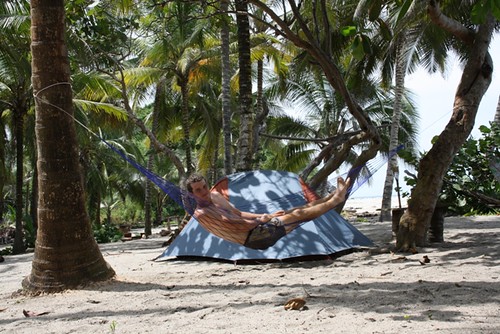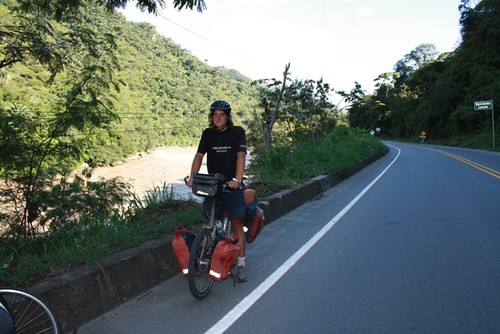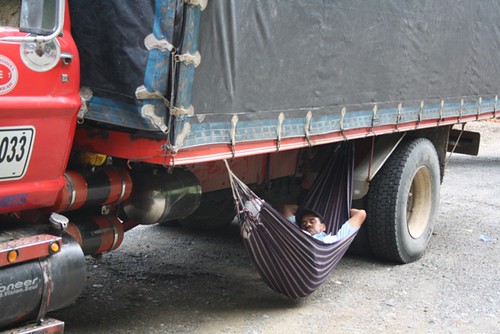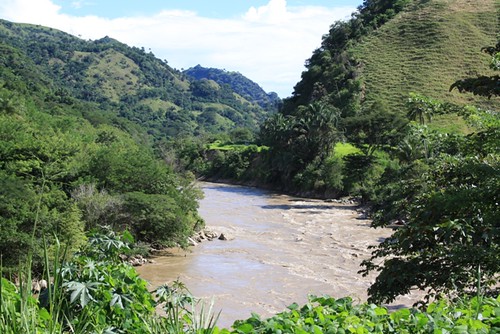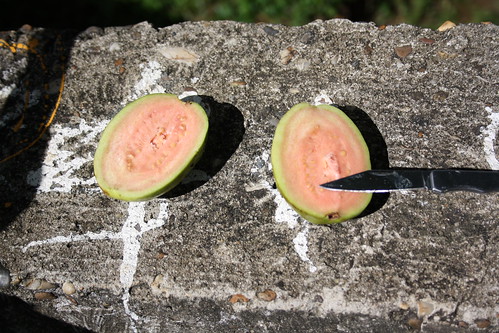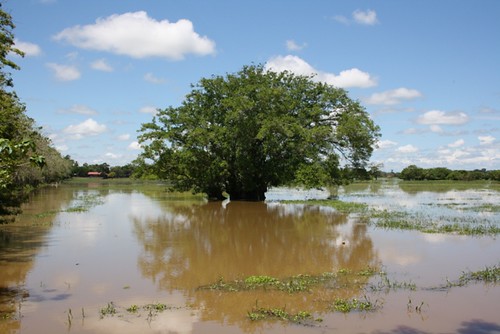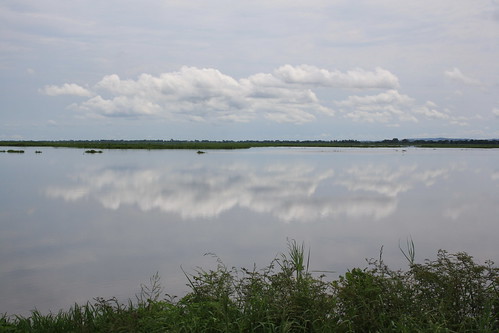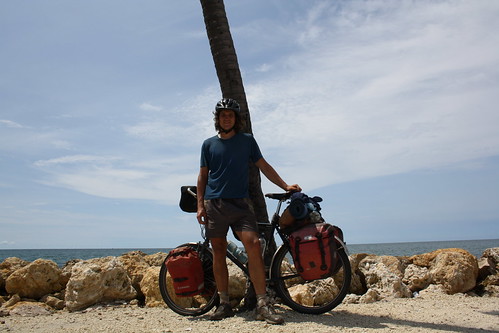
I'm sure some of you are sat at a desk, as autumn sets in, and that nagging thought is bothering you again...How do I get my hands on a tasty snack and refreshing drink if I happen to be lazing on a Caribbean beach? Well fear not, for here is How.
Firstly, you need a machete. And if you don't have one a hand axe. Failing these a knife of some kind. A heftyish fixed blade sort of knife or at the very least locking one. I saw a dude open a coconut with a Swiss Army Knife. He succeeded... but there was blood.
Next, you need to find a coconut. Look under coconut palms. But beware these things fall down without much warning and can kill (also worth bearing in mind when putting up your hammock). Look for greenish ones of a fair size. Avoid old rotten looking ones.
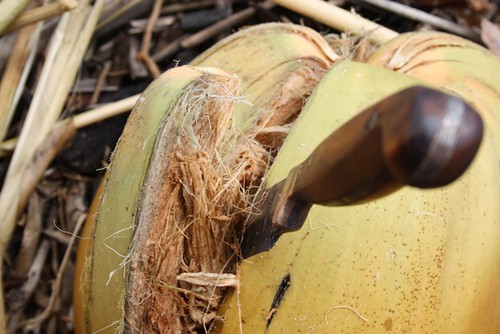
Step One: Remove the husk. Make three lengthwise cuts in the husk on the flat parts. Then, cut out a smaller segment. This should give you a hand hold to pull of the first third of husk. The other two follow quite easily. The fiberous stuff that makes up the husk is quite easy to cut through but it is grabby so watch out.
Step Two: Drink the milk. Clean up the coco and drill a hole with the point of your knife through one of the black "eyes". Drink up.
Step Three: Crack shell. Twat the coconut against a log or rock until it cracks. Don't obliterate the thing, just make a crack. This can be levered wider with your knife to prise open the coco into several peices.
Step Four: Get the meat out. Use a small sharp knife to score the meat and cut it out. Put in your mouth. Eat.
